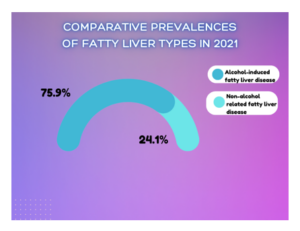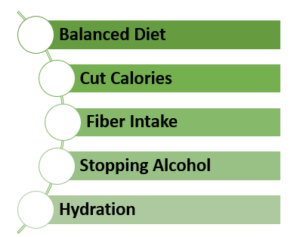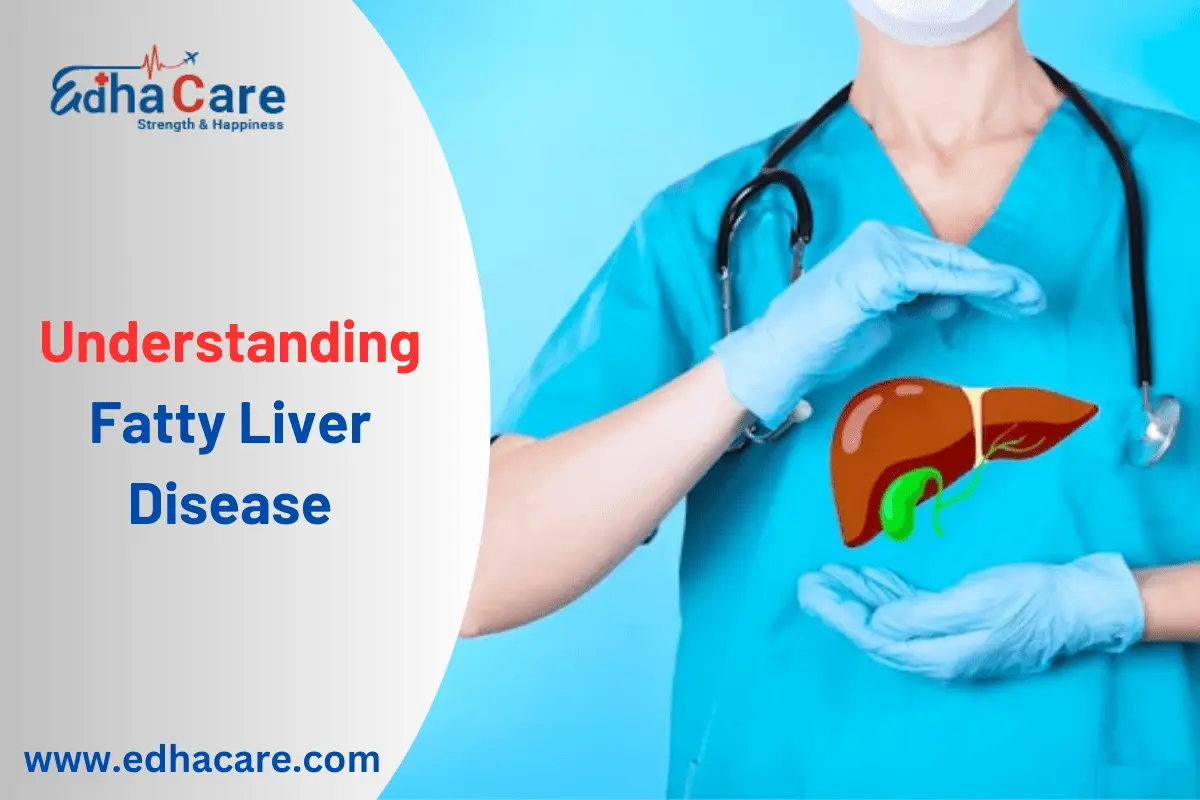Fatty Liver Disease is increasingly common around the world, particularly in Western nations.
In the U.S., it is the most common form of chronic liver disease, affecting about one-quarter of the population. There are two different fatty liver syndromes but both types show no noticeable symptoms.
Prevalence of Fatty Liver Disease
Fatty liver disease is more common than ever, and non-alcoholic fatty liver disease (NAFLD) is especially prevalent. One of the most prevalent liver conditions in the world, its prevalence is closely correlated with the rise in obesity and metabolic illnesses.
The precise prevalence figures can change depending on the demographic and region. NAFLD, however, appears to impact roughly 25% of the world’s population, according to research.
The incidence can possibly be as high as 30–40% in some nations, depending on the population type. Furthermore, childhood obesity rates are rising, which is mostly to blame for the growth in NAFLD incidence among children and adolescents.
This pattern raises concerns since it may result in long-term liver issues as well as other related health issues.
Forms of Fatty Liver Disease
There are different forms of this diseased condition. The types are mentioned below:

-
Alcohol-induced fatty liver disease
Alcohol-induced fatty liver disease is caused by regular alcohol consumption. About 5% of people in the U.S. have this form of liver disease.
-
Non-alcohol-related fatty liver disease
Non-alcohol-related fatty liver disease (NAFLD) is not associated with alcohol consumption.
The condition affects one in three adults and one in 10 children in the U.S. Researchers haven’t found the primary cause of non-alcohol-related fatty liver disease.
Additionally, numerous factors, such as obesity and diabetes, can increase your risk.
Do You Know the Symptoms?
Symptoms of this disease are not so prominent but few of them are seen to be witnessed most commonly.
Some people suffering from this condition develop serious complications, which include liver scarring.
Liver scarring is known as liver fibrosis. The liver damage due to cirrhosis is permanent. That’s why it’s so important to prevent it from developing in the first place.
The prominent symptoms are as follows:
- Loss Of Appetite
- Weight Loss
- Weakness Or Fatigue
- Nausea
- Itchy Skin
- Yellow Skin And Eyes
- Easy Bruising Or Bleeding
- Exposure To Certain Toxins
- Rapid Weight Loss
- Rare Genetic Conditions, like Wilson disease or hypobetalipoproteinemia
What are the Prevention Tips?
Currently, no medications have been approved to treat this condition. More research is needed to develop and test medications to treat this condition.
In many cases, lifestyle changes can help reverse most stages of the disease. There are although many prevention steps that can be taken for the disease.
Lifestyle Changes
Lifestyle changes are the first-line treatment in this regard. Depending on your current condition and lifestyle habits, it might help to:
- Lose weight
- Reduce or abstain from alcohol consumption
- Eat a nutrient-rich diet that’s low in excess calories, saturated fat, and trans fats
- Get at least 30 minutes of exercise each day
Losing Weight
It is one of the most crucial elements in the process of weight loss. Usually, it is the first course of action. It aids in lowering liver fat, inflammation, and scarring.
The amount of fat in your liver can be reduced by losing merely 3% to 5% of your body weight. Surgery for weight loss is another option if you have a lot to lose.
Exercise for at least 30 minutes each day can help you lose weight, which will help avoid disease.
Diet
Managing the diet can help to a great extent in preventing or reducing fatty liver disease. A well-balanced diet helps to treat the condition and lower the risk of complications.

-
Balanced diet: Try to select foods from all food groups. This includes fresh fruits and vegetables, whole grains, lean proteins, low-fat dairy, and healthy fats and oils.
-
Cut calories: Aim to limit your consumption of foods that are high in calories.
-
Fiber Intake: Fiber can help improve the function of the liver. Examples of foods that are rich in fiber include fresh fruits and vegetables, legumes, and whole grains.
-
Stopping Alcohol: Avoiding alcohol is highly necessary to reduce the symptoms of the disease. Alcohol is a big negative factor in any form of disease, especially fatty liver disease. Thus, reducing it or cutting it down completely will help survive the patient to a great extent.
-
Hydration: Drinking plenty of water can help keep the person hydrated and also improve the health of the liver.
Alternative Medicine
No alternative medicine treatments are proven to cure nonalcoholic fatty liver disease. Here are some of the ones:
1. Vitamin E– Vitamin E and other vitamins known as antioxidants could help protect the liver by reducing or neutralizing the damage caused by inflammation. But more research is needed.
2. Coffee– In studies of people with nonalcoholic fatty liver disease, those who reported drinking two or more cups of coffee a day had less liver damage than those who drank little or no coffee.
Conclusion
Due to its rising incidence and potential long-term effects, fatty liver disease is a serious health concern.
Simple steatosis (fat accumulation) can develop into more severe forms such as cirrhosis, liver fibrosis, non-alcoholic steatohepatitis (NASH), and even hepatocellular carcinoma (liver cancer).
The treatment of underlying risk factors is necessary for the management of this disease.
The treatment of the disease entails treating underlying risk factors, such as giving up alcohol in the case of AFLD and establishing a healthy lifestyle, which includes losing weight, getting regular exercise, and eating a balanced diet in the case of NAFLD.
For the prevention and management, early detection, lifestyle changes, and routine medical checkups are essential.

